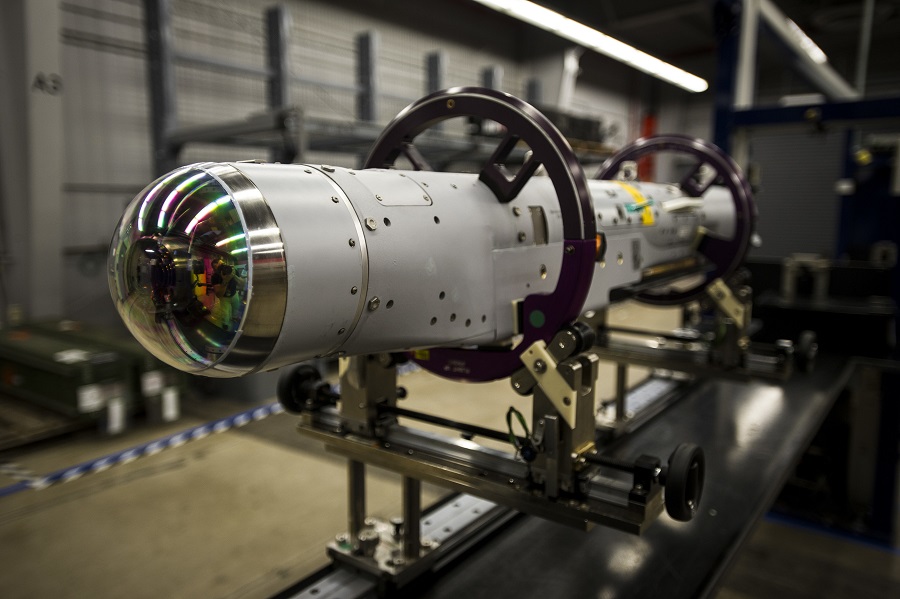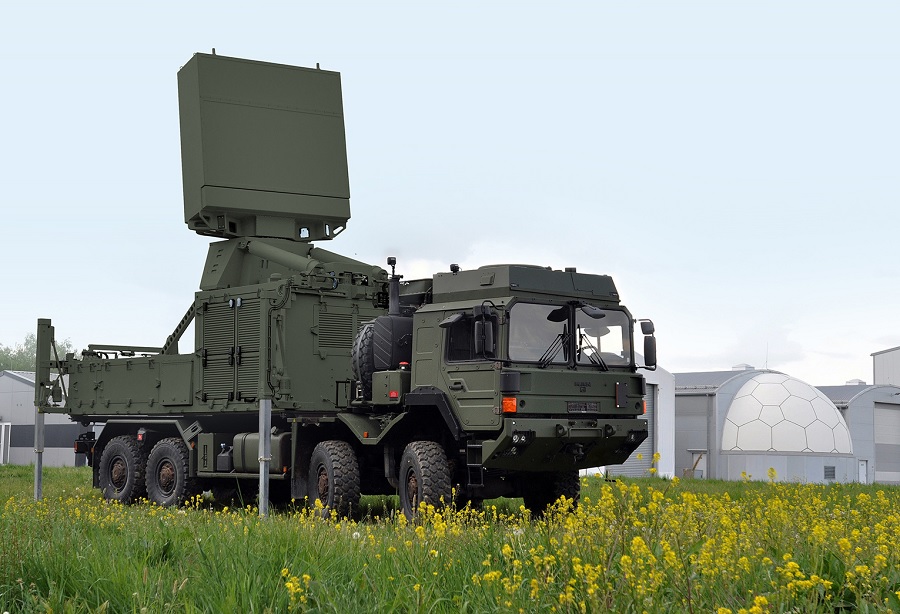Israel is a space power with many very advanced capabilities, many highly classified.
Some years ago, the Israeli Air Force’s official name was modified and became – Israeli Air And Space Arm. This was not just a semantic change. It reflected the new front Israel is using to defend itself from emerging threats. Very few of the Israeli activities in space are public but it can be said that the change of name was very justified.
While Iran is galloping to the bomb, Israel takes significant strides to be better ready in space as the new arena.
Israeli is a space power. Launchers, satellites, and ground stations are developed and manufactured mostly for Israeli needs, but now this advanced technology is offered to other clients that see the importance of space for their security.
Some of the Israeli space systems are highly classified but the others are enough to demonstrate the efforts and achievements of the Israeli space industry.
The most recent addition to the versatile list of space systems, developed in Israel, is the new concept for a communication satellite: the MCS – a Mini Communication Satellite.
According to Israel Aerospace Industries (IAI), the country’s main space company, the MCS is an advanced communication satellite weighing roughly 700 kg upon its launch and includes a complete digital communication payload weighing up to 200 kg. A full-size communication satellite has an average weight of 5 000 kg.
IAI says that due to its lightweight, the satellite can be launched together in rideshare with other satellites, and this lowers the launch costs.
The Israeli company says that the new satellite has a life expectancy of no less than 14 years and is specifically designed to provide multi-zone communication services to customers or countries with diverse communication needs.
The MCS uses an electrical propulsion system, developed specifically for this low weigh satellite.
The MCS was developed based on over thirty years of IAI’s experience with various satellites and on the capabilities developed initially for Dror 1, designed and built by IAI for Israel’s national communication needs.
As the Dror 1 is aimed to serve the Israeli defence requirements most of its planned capabilities were developed in-house by IAI, including an advanced digital communication payload and “space smartphone” capabilities that provide the operators with flexibility throughout the satellite’s mission life. In addition, the command program and development architecture allow for applications loading from a ground station during the satellite’s in-space operation, to adjust and modify assignments in accordance with changing communication needs.
IAI says that the MCS is fully digital with a flexible communication payload & applications; has high performance; has multi-band capabilities, with up to four steerable antennas; and is cyber protected.
The MCS enables scalability, modularity, redundancy, and short-term response to traffic demand.
These qualities are according to Israeli defence sources essential to the planned use of this “national ” satellite.
According to IAI the mini satellite MCS offers a new concept to the communication satellite market, serving as a complementary or a focused regional system
Every satellite is connected to a ground station that turns the raw data into actionable one. After very focused development efforts, IAI has unveiled the Blue Sphere, a cloud-based ground station for satellites.
The company says that it significantly increases information received from the satellite and allows the satellite to communicate with Earth at any given moment.
The setup of a virtual ground station in the cloud enhances the availability of the satellite output, reducing the dependence on “satellite passing time” above a specific ground station. Instead, the satellite is able to broadcast the information collected to any available ground station worldwide. From there, the information is transferred immediately to the cloud, allowing the data to be extracted on demand, leaving it for the ground station to transfer or withdraw the information immediately without dependency on reception towers located in different stations worldwide.
IAI, Israel’s Space House, has been commissioned to develop and build Dror 1, Israel’s next-generation national communication satellite, in order to fulfill Israel’s communication satellite needs. The specifics of this very advanced satellite are highly classified but sources say that it will enable to “stream all types of communications” as if they are carried on a super highway.
Israel launched and operates a number of very advanced spy satellites. But these low-orbit spy satellites from the Offeq series, visit “areas of interest” in big intervals. Their optical or radar payloads cannot keep a persistence watch over the “Areas of interest”, and when it comes to the ballistic missiles threat, this is a major problem.
The Israeli ministry of defence contracted Rafael to develop the nano- spy satellites that will operate in swarms to allow Israel to get real-time warnings on evolving threats.


























